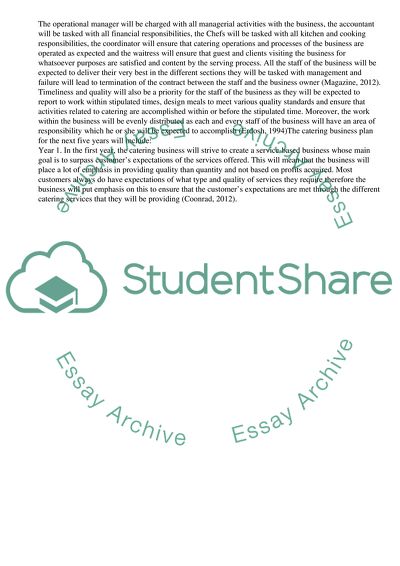Cite this document
(Catering Business Structuring with Job Discretions and Responsbilities Assignment, n.d.)
Catering Business Structuring with Job Discretions and Responsbilities Assignment. Retrieved from https://studentshare.org/business/1688196-catering-business-structuring-with-job-discretions-and-responsbilities
Catering Business Structuring with Job Discretions and Responsbilities Assignment. Retrieved from https://studentshare.org/business/1688196-catering-business-structuring-with-job-discretions-and-responsbilities
(Catering Business Structuring With Job Discretions and Responsbilities Assignment)
Catering Business Structuring With Job Discretions and Responsbilities Assignment. https://studentshare.org/business/1688196-catering-business-structuring-with-job-discretions-and-responsbilities.
Catering Business Structuring With Job Discretions and Responsbilities Assignment. https://studentshare.org/business/1688196-catering-business-structuring-with-job-discretions-and-responsbilities.
“Catering Business Structuring With Job Discretions and Responsbilities Assignment”, n.d. https://studentshare.org/business/1688196-catering-business-structuring-with-job-discretions-and-responsbilities.


